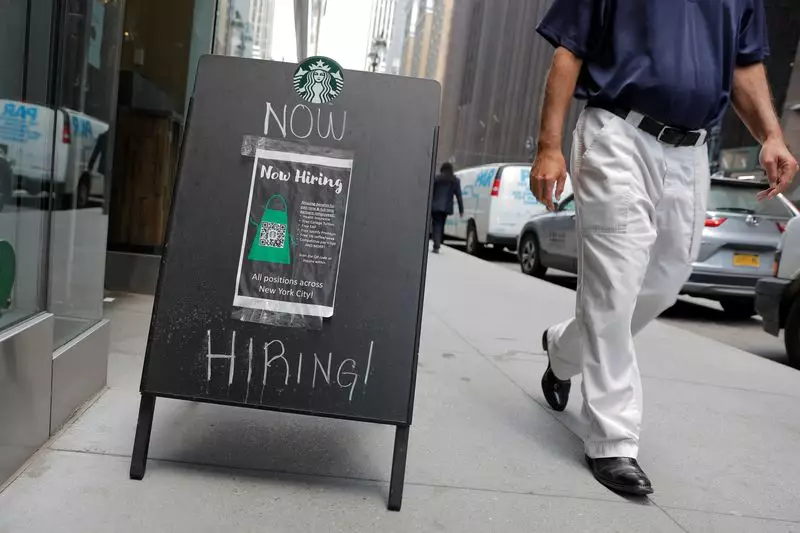Recent insights from strategists at Wells Fargo have reframed the narrative around the U.S. economy, asserting a greater likelihood of achieving a “soft landing” rather than slipping into a recession. As we transition towards the end of 2024, these experts contend that indicators suggest the Federal Reserve’s goal of stabilizing the economy is becoming increasingly attainable. This optimism is underpinned by a series of observations regarding economic activity, inflation, and the labor market.
A key point detailed in their analysis is the gradual deceleration of economic activity, which appears to be intentionally orchestrated as part of broader disinflationary measures. This moderation in growth, they argue, is a necessary prelude to fostering a healthier economic environment, particularly in light of prolonged high inflation rates that plagued the economy in recent years. The Fed’s recent decision to cut interest rates signals a shift towards prioritizing economic stability, a move aimed at rekindling consumer spending and bolstering real income levels.
Wells Fargo highlights a critical aspect of the economic scenario: the trend of disinflation, which they argue has emerged sooner than expected this cycle when compared to historical patterns. This earlier-than-usual easing of inflation is noteworthy because it can create more room for consumer expenditure growth. Increased consumer confidence and spending could fuel economic momentum, especially when combined with rising real incomes, thus negating potential recessionary pressures.
However, the question remains whether this disinflationary environment will be sufficient to support sustainable growth. Wells Fargo’s analysis suggests that households will likely feel the effects of a cooling labor market and the accompanying rise in unemployment rates. Still, their assertion that the job market will absorb new entrants more than it will witness layoffs offers a nuanced perspective that requires further consideration.
The Resilience of the Labor Market
The strategic analysis extends to the labor market, which remains a cornerstone of Wells Fargo’s optimistic outlook. They note that despite a predicted uptick in unemployment, sectors like healthcare are experiencing demand surges due to post-pandemic hiring gaps. Such dynamics could act as a buffer against more severe employment declines, allowing optimism to persist about the economy’s resilience.
Furthermore, the service sector—comprising over two-thirds of U.S. economic activity—exhibits ongoing strength, contributing to economic stability. This sector’s growth amidst broader economic challenges reinforces the possibility that the economy may withstand adverse pressures more effectively than during previous downturns.
Another crucial element that supports Wells Fargo’s soft landing scenario is the current financial climate, which appears more favorable for growth than past cycles saw at comparable stages. The strategically accommodative financial conditions are particularly beneficial to sectors that are sensitive to credit, such as small businesses and real estate. Their analysis argues that these conditions mitigate the likelihood of a “late-cycle financial squeeze,” a common precursor to economic recessions.
Additionally, the Fed’s proactive monetary policy adjustments, particularly the timely interest rate cuts, are positioned as crucial levers for mitigating economic pressure and inviting recovery. These measures could dissipate uncertainties that loom due to global economic challenges, particularly in influential markets like China and Europe.
While the strategic positions presented by Wells Fargo harbor hope for a soft landing, it is essential to recognize the inherent uncertainties of the global economic landscape. The optimism rooted in responsible monetary policy and resilient sectors must navigate through potential crises, external shocks, and evolving economic indicators. Thus, while a recession may not be immediate, continued vigilance and adaptive strategies will be necessary to maintain economic stability moving forward.

